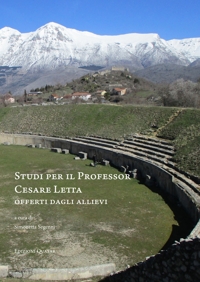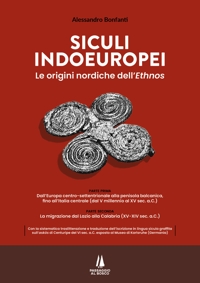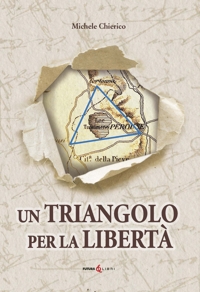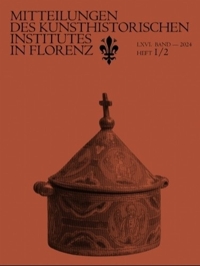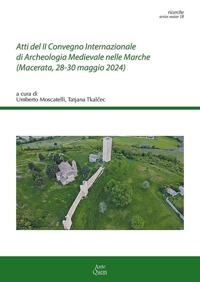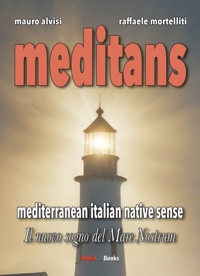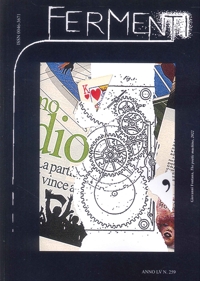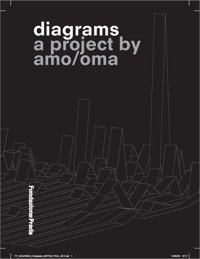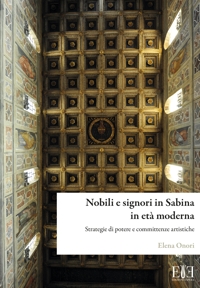Felice Palma. Massa 1583-1625. Collezione / Collection.
Texts by Andrei Cristina, Ciarlo Nicola, Federici Fabrizio, Claudio Casini and Sara Ragni.
Italian and English Text.
Pontedera, 2024; bound in a case, pp. 289, b/w and col. ill., b/w and col. plates, cm 24,5x34.
(L'Oro Bianco. Straordinari Dimenticati. The White Gold Forgotten Masters).
cover price: € 160.00
|
Books included in the offer:
Felice Palma. Massa 1583-1625. Collezione / Collection.
Texts by Andrei Cristina, Ciarlo Nicola, Federici Fabrizio, Claudio Casini and Sara Ragni.
Italian and English Text.
Pontedera, 2024; bound in a case, pp. 289, b/w and col. ill., b/w and col. plates, cm 24,5x34.
(L'Oro Bianco. Straordinari Dimenticati. The White Gold Forgotten Masters).
FREE (cover price: € 160.00)
Le botteghe del marmo
Italian and English Text.
Ospedaletto, 1992; bound, pp. 153, 10 b/w ill., 60 col. ill., cm 24x29.
(Immagine).
FREE (cover price: € 34.49)
Museo Stefano Bardini. I Bronzetti e gli Oggetti d'Uso in Bronzo
Edited by Nesi A.
Firenze, 2009; paperback, pp. 191, 102 b/w ill., 7 col. ill., cm 17x24,5.
(Museo Stefano Bardini).
FREE (cover price: € 30.00)
Bronzetti e Rilievi dal XV al XVIII Secolo
Bologna, 2015; 2 vols., bound in a case, pp. 729, ill., col. plates, cm 21,5x30,5.
FREE (cover price: € 90.00)
Sarti d'Abruzzo. Le botteghe di ieri e oggi protagoniste del vestire maschile
Vergani Guido
Skira
Milano, 2003; bound, pp. 104, 150 col. ill., cm 16,5x24.
(Moda e Costume).
series: Moda e Costume
ISBN: 88-8491-595-3 - EAN13: 9788884915955
Subject: Design,Textiles (Tapestries, Carpets, Embroyderies)
Period: 1960- Contemporary Period
Places: Italy
Languages: 
Weight: 0.56 kg
Guido Vergani looks at the various exponents of this tradition, commencing with Domenico Caraceni (1880-1940), born at Ortona a Mare and "the most famous Italian tailor of his time" (who in the years between the wars "even succeeded in seducing the crowned heads of London, the Wasps of the United States and the stars of Hollywood"). He then moves on to Ciro Giuliano, Nazareno Fonticoli (1906-1981), founder of the Brioni tailoring house in Rome, Sandro Porfirio, Tommaso Nobili, Adriano Pallini, Giovanni Donatelli... There were many Abruzzo tailors, dozens and dozens of them, who set up "shop" in Rome, Milan, Turin... and others, such as the brothers Vincenzo and Vittorio Primavera, who made their reputation in Paris.
In the second part of the volume the author takes a closer look at the Brioni tailoring house, one of the most famous Italian names in men's fashion, which has been clothing celebrities from the worlds of politics, music, cinema and entertainment in its tuxedos, coats and suits ever since
the second half of the 1950s. The Sartoria Brioni demonstrates just how important and active the Abruzzo tradition of tailoring still is today.
Gian Pietro Brogiolo; Aurora Cagnana € 18.05
€ 19.00 -5 %
Marco Cassini € 14.25
€ 15.00 -5 %
Mauro Mancini € 30.40
€ 32.00 -5 %
Out of Catalog






















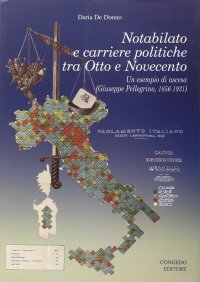


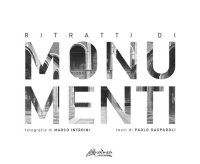
![Incantevole Puglia. Fra arte, storia e natura. [Edizione Italiana e Inglese]](https://immagini.libroco.it/copertine/IMMAGINI/3073/m-1536619.jpg)
